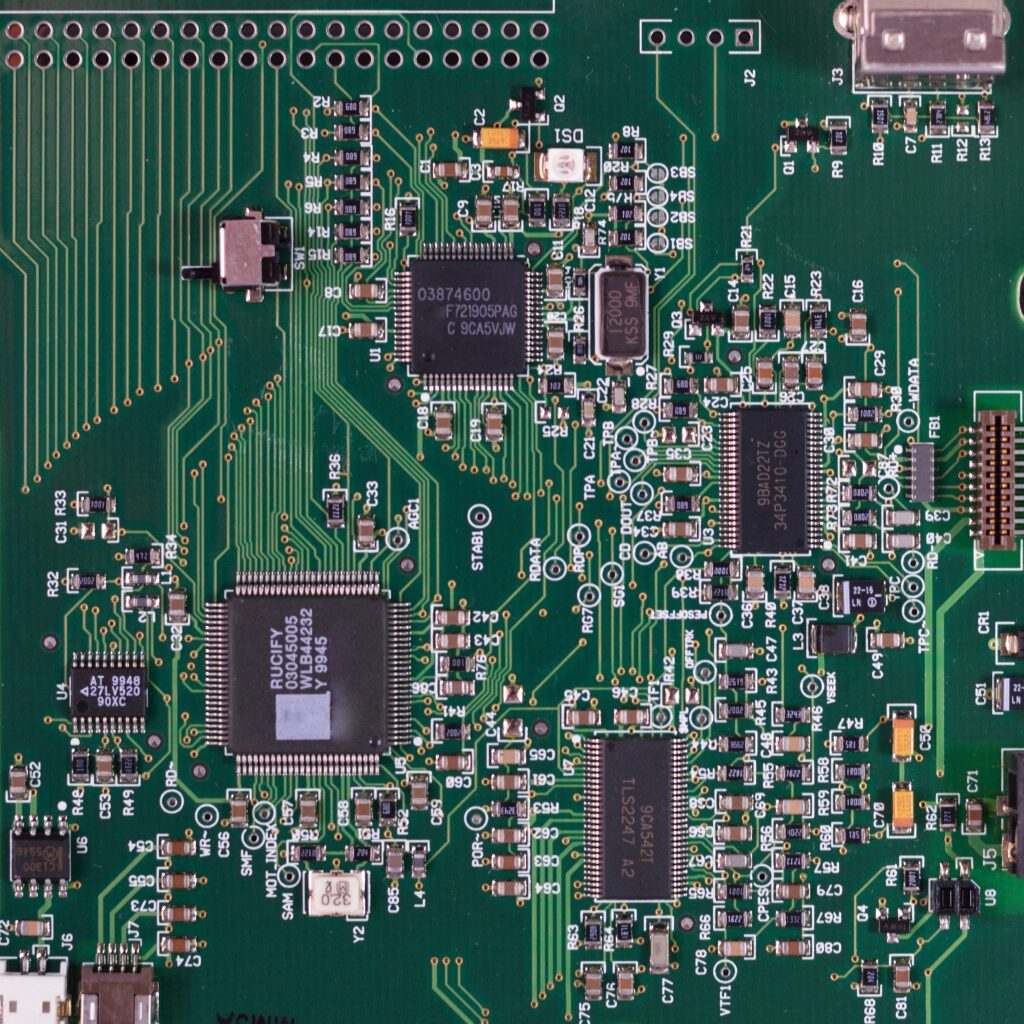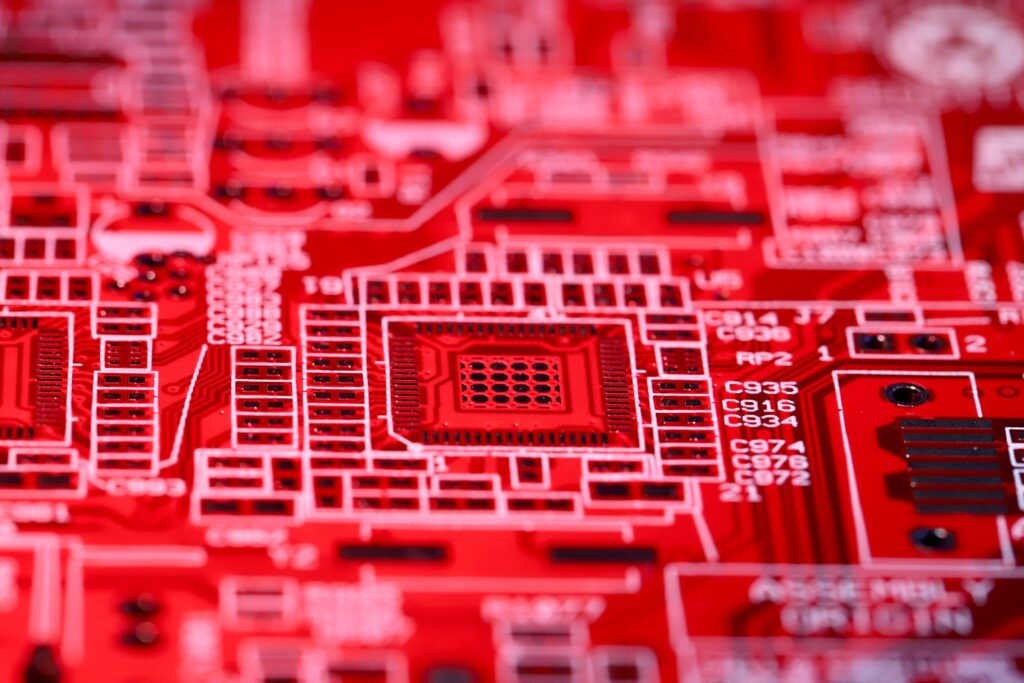The IT procurement process is dominated by performance metrics. These determine the terms and conditions of a contract with an IT vendor. Derived from the business requirements and performance of the organization. The key to successful IT procurement is to align the needs of IT and the business. The business must determine the business value that the new IT solution will create. You can visit IT procurement for more information.
Performance metrics dominate the IT procurement process
Performance metrics are often hard to set up and measure and are often useless. They are vanity measures that provide no real information about a company’s business success or organizational performance. In order to ensure the success of your IT procurement program, consider using the following metrics. Ensure that your procurement team is aligned with your other departments and is using these metrics to drive the program. You can also check cyber security UK.
Cost reduction is an important metric for procurement. It can help streamline the cost savings process by measuring the % of each order that is saved through price negotiation. Using this metric, you can monitor cost management measures over time and see if they’re working. This can help you determine where to improve the process.
Vendor rejection rates should be monitored closely to identify any problems before they become major problems. By tracking this, you can better negotiate solutions and prevent costly lawsuits. Additionally, you should track the cost of rejections and warranty claims. All of these issues can impact the overall cost of IT procurement.

Dictate the terms of a contract with an IT vendor
When it comes to contract management, it is important to establish KPIs. Typically, these are metrics that define time to sign, minimum risk acceptance, and quantifiable benefits. They are also useful in determining contract management practices. They can enforce compliance obligations and ensure the use of reliable third-party vendors. Finally, they can help support the business case.
KPIs should be developed around an articulated objective and are most effective when they are developed behind these objectives. A good approach is to create several categories that represent key objective areas and develop KPIs within these categories. This approach is useful in situations where a vendor has a high renewal rate and needs to compare revenue from these contracts.
Purchasing equipment
While a lot of IT equipment is available for lease, purchasing equipment is usually a better option. It offers greater flexibility and a lower total cost of ownership. It also reduces the need for service and replacement parts. IT procurement is a crucial part of business continuity, and IT equipment should be refreshed every four to five years. By doing this, you can avoid disaster scenarios and allocate budgets more effectively. Purchasing equipment is also more tax-friendly. As long as you are purchasing business-grade equipment, you can deduct the entire cost of the equipment in the following tax year.
The best way to start the equipment procurement process is by conducting market research. Research a variety of vendors, compare prices, and study industry trends. After narrowing the list, research each vendor’s work and inventory. Make sure to ask about their warranties, maintenance plans, and demos. This information will help you decide which vendors to consider.
When a business needs to purchase new equipment, it must develop specific specifications. These specifications are used by suppliers to create bids. These specifications determine whether a supplier is capable of meeting the requirements of the organization. Typically, brand-specific specifications are more expensive than generic specifications, and they often contain extra features that are not necessary for general. In addition, brand-specific specifications are required to be accompanied by a written justification.

hardware and software management,
Standardizing hardware and software in IT procurement can help companies save time and money. The cost of an IT system includes hardware, software, management, communication, user experience, training, and opportunity costs, such as productivity losses and downtime. Standardizing systems helps companies reduce these costs by taking advantage of economies of scale. It also reduces complexity and makes IT management easier.
Purchasing standardized hardware and software from a single vendor can save money from purchases as well as upgrades. It can also save on maintenance costs. If a company is buying its hardware and software from a single vendor, all of its staff will receive standardized training and support. Also, it will be easier to track software licenses.
To help simplify the purchasing process, the Office of Information Technology has defined computer hardware standards for the campus. These standards are updated periodically based on the University’s requirements, vendor offerings, and cost. Additionally, computer hardware that meets these standards is considered to be “pre-approved” for purchase. Employees may request standard hardware by filling out a Hardware Request Form. The current list of standard hardware configurations is available at Order Hardware.
Getting the best value for your purchase
Getting the best value for your IT procurement means ensuring you’re getting the most for your money. It’s not just about picking the cheapest provider – a vendor’s reputation and customer service should be taken into consideration. You should also consider the level of quality of the goods and services you procure. It’s easy to reduce costs by cutting corners, but this can have a detrimental effect on the quality of the finished goods and services.
